How Mobile Medical and Command Units Work Together in Disaster Relief
When disaster strikes, speed and coordination can mean the difference between life and death. Responding to hurricanes, floods, or earthquakes...
3 min read
Craftsmen Industries Oct 8, 2021 4:40:00 AM
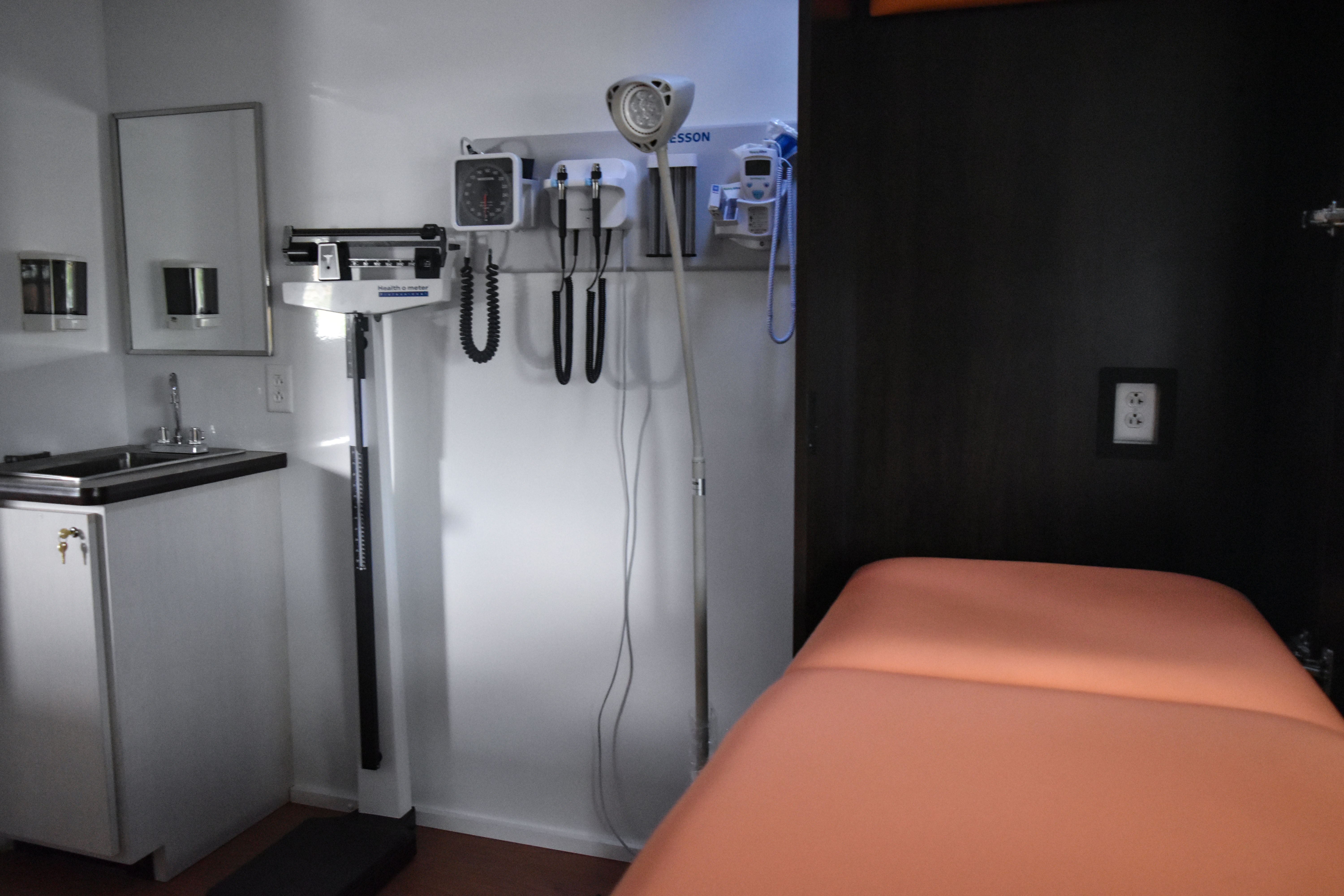
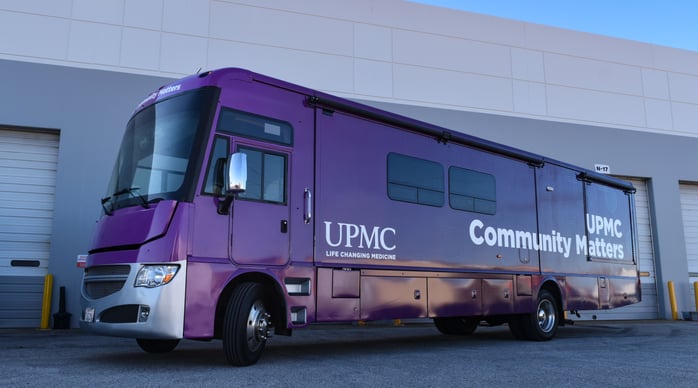
In the wake of a natural disaster, time is one of the most significant factors in saving lives. Delays in locating the injured, trapped, or stranded quickly lead to more severe injuries and loss of life. Catastrophic events such as EF5 tornadoes, Superstorm Sandy, and the devastation in New Orleans caused by Hurricane Katrina highlighted the weaknesses in our emergency response protocols within the United States.
After a disaster, there is a struggle to provide care for everyone affected quickly, including the seriously injured and those who may need general medical care. In the wake of recent tragedies, many local first responders and emergency aid organizations have used custom medical vehicles to overcome challenges and improve response times. Could these vehicles be the solution we are searching for?
Natural disasters are inherently unpredictable. Tornadoes take one house and leave the next. Earthquakes can strike without any warning, and the resulting destruction and chaos are just as unpredictable.
According to FEMA’s disaster preparedness guidance, communities must be equipped with mobile assets and emergency protocols to respond effectively to natural disasters. Because storms are just as likely to hit the doctor's office as they are to hit your house in the suburbs, there is no way to ensure that medical personnel will be ready and able to serve the community when calamity strikes, especially in the case of a widespread event. Mobile medical vehicles can transport medical professionals from outside the disaster area and are the most reliable way to ensure an entire team of able-bodied providers is on the scene as soon as possible.
First responders are used to surprises when they respond to a call. They may encounter multiple victims they must triage, may need to transport victims quickly to save lives, or may need to set up on-site to provide healthcare to victims left without daily medication or treatment. Natural disasters amplify these conditions due to the sheer magnitude of the event. When they arrive on the scene, they are guaranteed to find many desperate people needing help, whether medical, emotional, or psychological.
Ambulances staffed by EMTs are vital in any emergency response situation, as they can respond quickly and reach patients in diverse locations. However, they may have limited training regarding the biological or chemical hazards they may encounter after a tornado, hurricane, or terrorist attack. They specialize in assessing and stabilizing patients for transport to hospitals to receive specialized care for their injuries.
Medical vehicles can fill the need to get more skilled medical personnel on the scene quickly. Staffed with nurses and doctors, these vehicles can be equipped with much of the same technology in ERs and hospitals. Thus, doctors can provide testing and treatment on-site when necessary, avoiding delays in transporting patients through rubble and washed-out roads to reach the hospital in time.
Power lines and cell phone towers above ground are often some of the first structures destroyed in a natural disaster, leaving large, populated areas without electricity, gas, or a way to call for help. While hospitals have backup generators to provide power in these conditions, many other emergency services do not. If left in the dark, their ability to help the general population is greatly hindered.
Fleet trailers are not dependent on outside sources for power or communications and can serve as mobile command centers during disaster relief. They are often equipped with satellite communications and can serve as command centers to coordinate emergency relief efforts. They can distribute supplies where needed and act as a full-service medical clinic regardless of the infrastructure status.
The number one rule in any emergency situation is to remain calm and act in an orderly fashion. However, before emergency personnel arrives at the scene of a disaster, the reaction can be everything but orderly. The injured are the first to begin triage in the field. Victims are often left stranded without transportation out of the disaster site due to property and surrounding land damage. Disasters often leave communities without power, clean water, and access to important prescriptions and proper healthcare as well.
Medical vehicles quickly bring skilled providers into the field to help direct patients' flow, treat minor injuries on-site, and direct seriously injured patients to hospitals where they can receive care promptly. This calculated response to a chaotic situation is efficient and effective at providing immediate relief.
After initial treatment to the more seriously injured, mobile units can set up on-site or travel the region to provide those affected by the damage with general healthcare and treatment for illness or minor injuries. They can also act as a Mobile pharmacy providing necessary prescriptions and other essential items.
In recent years, we have seen a sharp increase in the number and severity of our country's natural disasters. If these trends continue, we stand to see much more destruction from hurricanes, tornadoes, earthquakes, and wildfires. Being prepared for this eventuality with disaster response vehicles that can respond quickly and decisively will be key to preserving the lives of victims in their path.
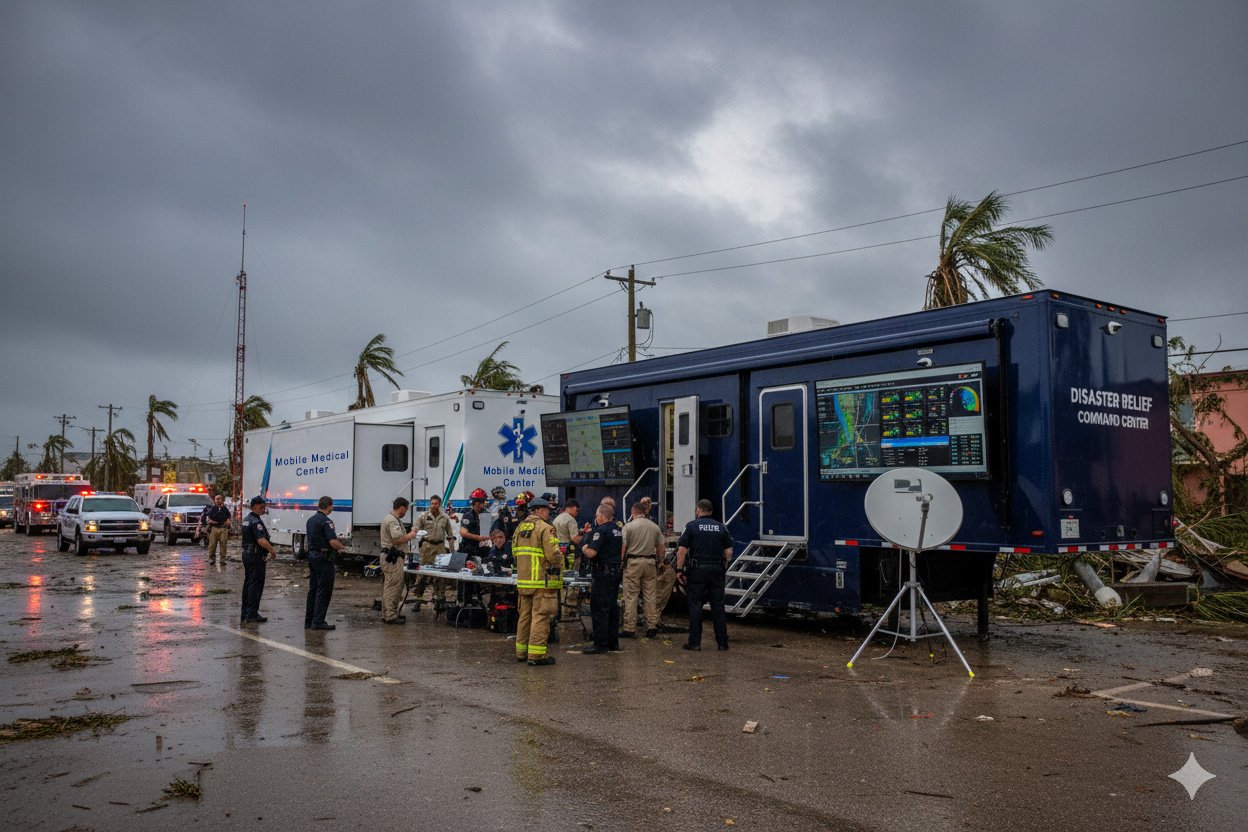
When disaster strikes, speed and coordination can mean the difference between life and death. Responding to hurricanes, floods, or earthquakes...
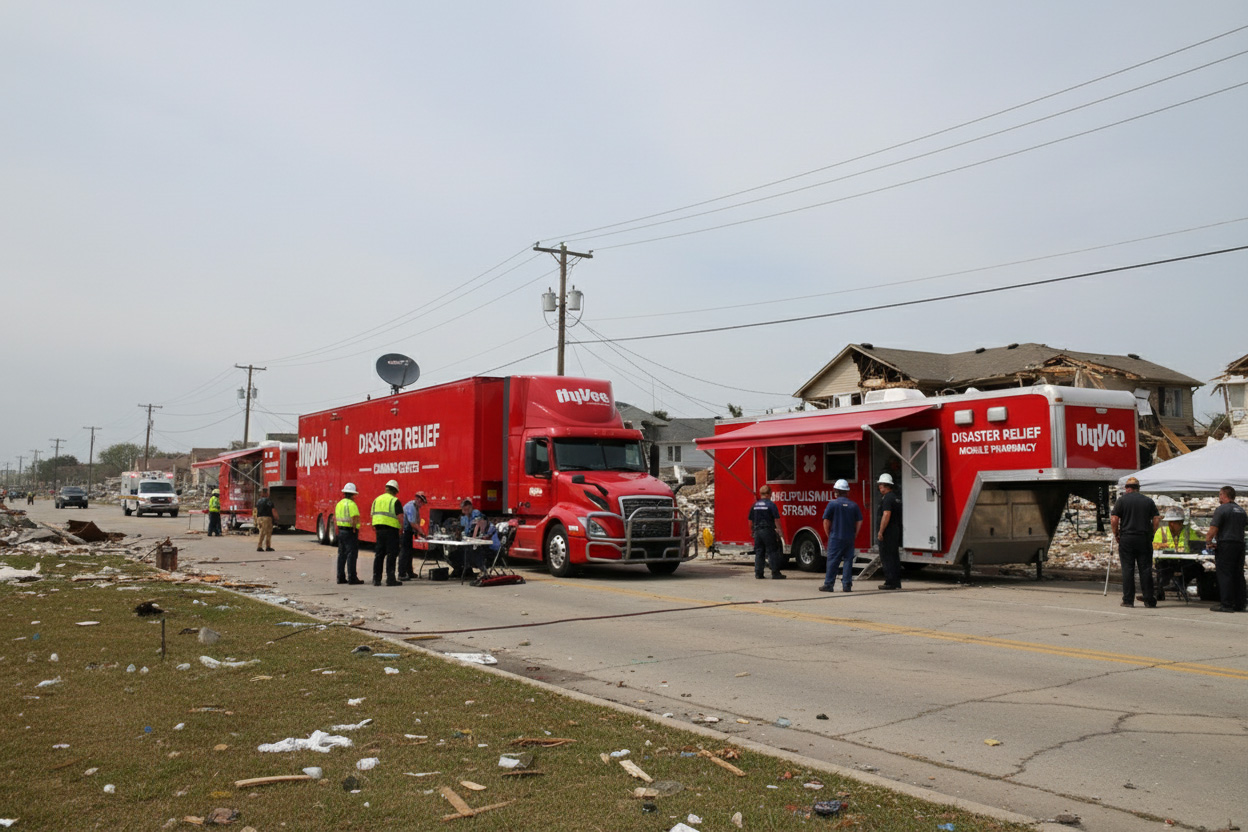
Disaster response vehicles are pivotal in modern emergency management, serving as the backbone for coordination among various agencies during crises....
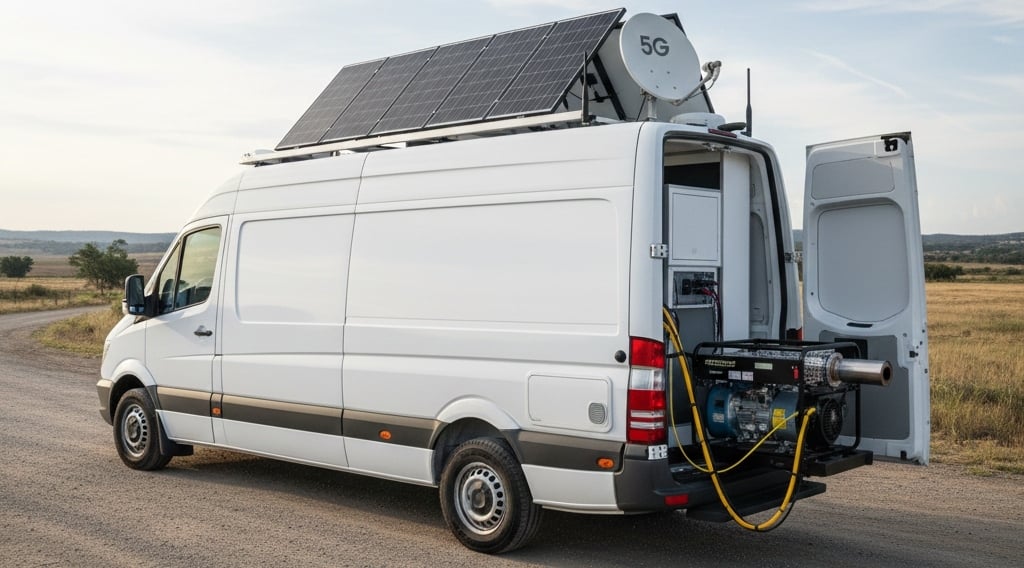
Power systems are the backbone of any mobile medical unit. Without reliable electricity and robust power design, diagnostic tools, life-support...